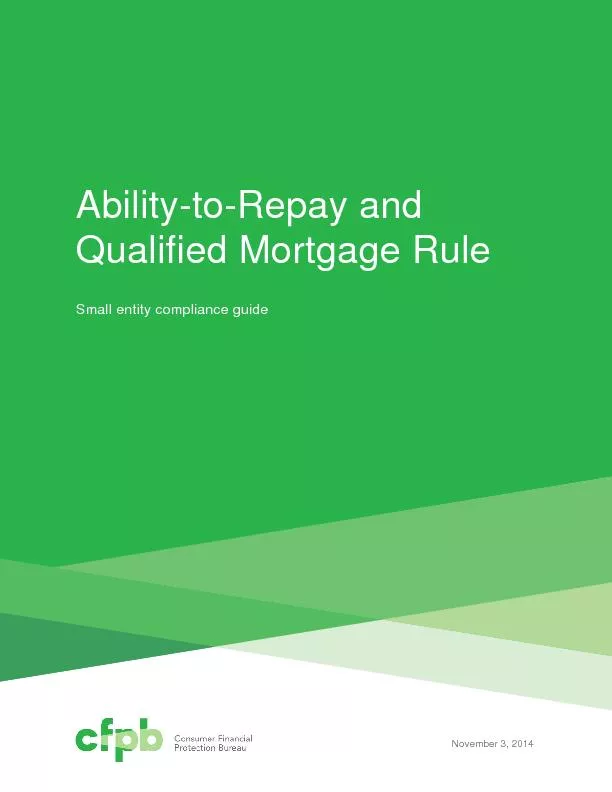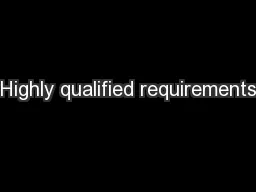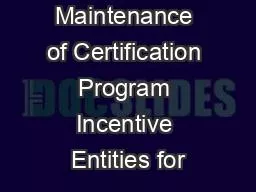PDF-Qualified Mortgage Rule
Author : jane-oiler | Published Date : 2016-07-22
November 3 2014 Ability to Repay and Small entity compliance guide xAttxachexd xBottxom xBBoxx 6x665x34 5x090x7 29x604x 61x6083x Sxu
Presentation Embed Code
Download Presentation
Download Presentation The PPT/PDF document "Qualified Mortgage Rule" is the property of its rightful owner. Permission is granted to download and print the materials on this website for personal, non-commercial use only, and to display it on your personal computer provided you do not modify the materials and that you retain all copyright notices contained in the materials. By downloading content from our website, you accept the terms of this agreement.
Qualified Mortgage Rule: Transcript
Download Rules Of Document
"Qualified Mortgage Rule"The content belongs to its owner. You may download and print it for personal use, without modification, and keep all copyright notices. By downloading, you agree to these terms.
Related Documents













